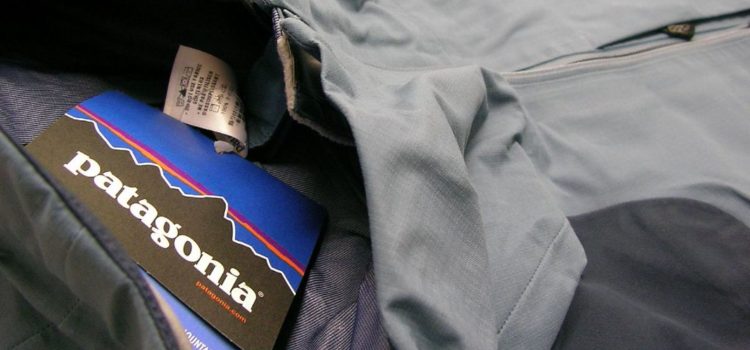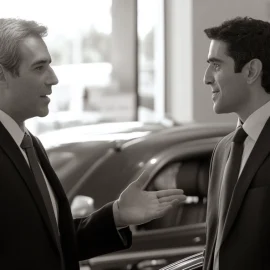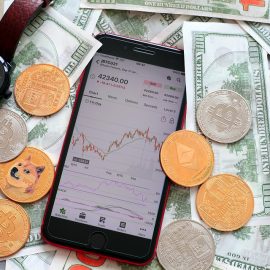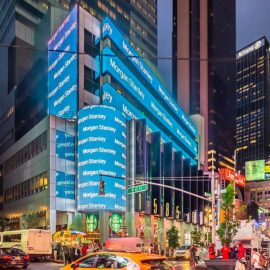

This article is an excerpt from the Shortform book guide to "Let My People Go Surfing" by Yvon Chouinard. Shortform has the world's best summaries and analyses of books you should be reading.
Like this article? Sign up for a free trial here.
When was Patagonia founded? What challenges did Patagonia face after launching?
Yvon Chouinard founded the outdoor apparel company Patagonia to expand upon Chouinard Equipment. Like with the climbing gear he manufactured, Chouinard wanted to produce clothing that was simple, practical, and durable.
Discover more about the history of Patagonia clothing.
Early Challenges
The history of Patagonia clothing wasn’t perfect. After launching Patagonia, Chouinard quickly discovered that running an apparel business wasn’t the same as making climbing equipment. The young company encountered problems with a garment factory they had contracted with, resulting in late shipments and a large stock of low-quality products. Because of this, Patagonia struggled to make enough money to stay in business.
These early obstacles left Chouinard with a realization: For Patagonia to succeed, he needed to become a real businessman. This was a hard pill to swallow—he saw how consumerism and unsustainable business practices had led to the deterioration of the natural world and felt conflicted about assuming a role in the industry. To resolve the dissonance between his values and the role he needed to adopt, Chouinard decided to only conduct his business according to his values and his commitment to the environment.
Two Innovations
After studying business books and securing credit with a bank, Patagonia focused on two strategies to separate its products from those of competitors. These innovations revolutionized the outdoor clothing industry and contributed to the company’s rapid growth and popularity.
First, instead of sticking to dull natural tones featured by most outdoor apparel available at the time, Patagonia embraced eye-catching and vivid colors like teal and mango.
Second, while much of the outdoor community still used traditional fabrics like cotton and wool, Patagonia focused on developing new technical fabrics engineered to withstand outdoor environments, experimenting with materials like synthetic pile, polypropylene, and polyester to better insulate and wick moisture. The company then continued to look for ways to improve and to produce higher quality, more functional products.
Patagonia’s Crisis
Despite Chouinard’s efforts, however, Patagonia struggled to sustain growth, and it plunged into a major crisis that would shape it into the enterprise it is today. During the recession of the early 1990s, the company faced several problems: lawsuits, international licenses and distribution difficulties, and budget cuts. Because of this, Patagonia had little choice but to lay off 20% of its employees.
(Shortform note: This economic downturn came to be known as the Gulf War Recession, which lasted eight months—beginning in July 1990 and ending in March 1991. Multiple factors collectively contributed to it, including a spike in oil prices as a result of the Gulf War, the Federal Reserve’s increased interest rates, an inflated real estate market, and excessive corporate debt. As a result, the GDP and industrial production fell by 1.5% and 4.5% respectively, forcing many businesses in the manufacturing, construction, and retail industries to downsize or declare bankruptcy.)

———End of Preview———
Like what you just read? Read the rest of the world's best book summary and analysis of Yvon Chouinard's "Let My People Go Surfing" at Shortform.
Here's what you'll find in our full Let My People Go Surfing summary:
- How Yvon Chouinard went from a nature enthusiast to the founder of Patagonia
- A critique of profit-first businesses that create huge environmental footprints
- Patagonia’s business principles that balance profits with sustainability






